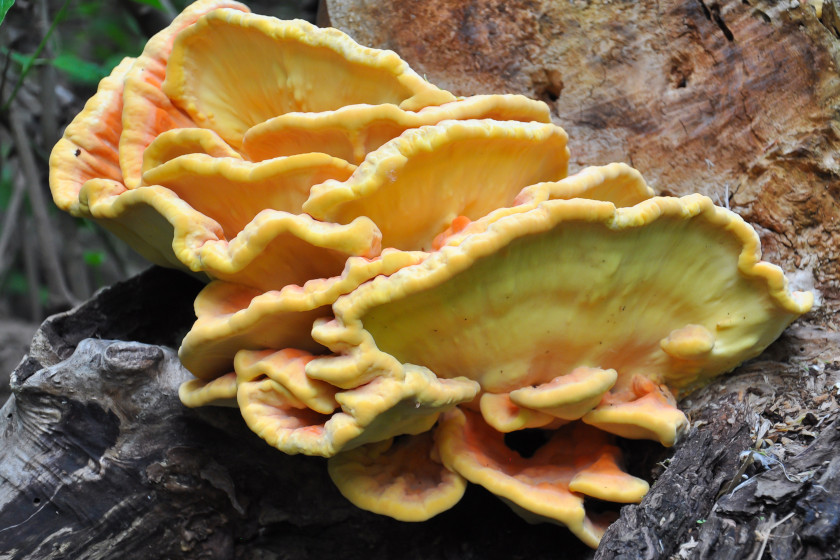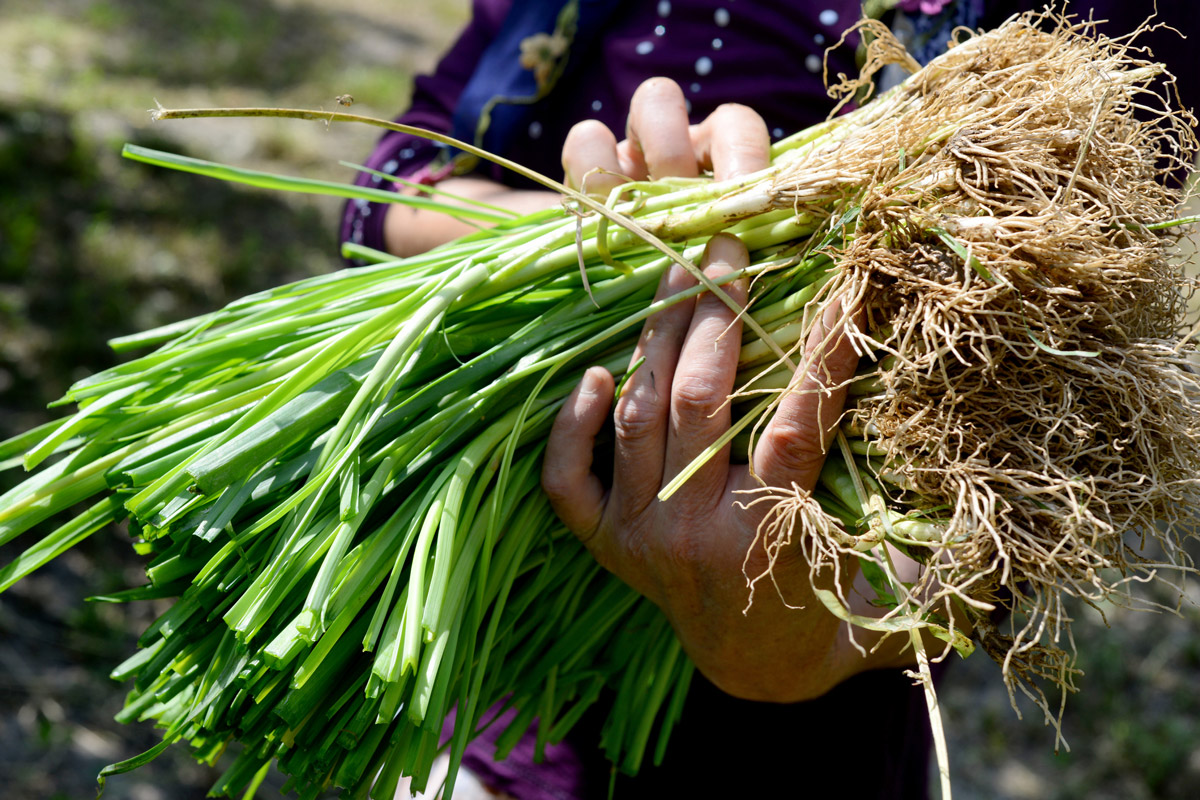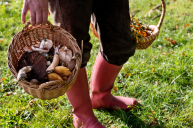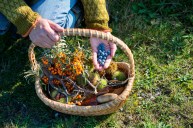Because New York is a northern tier state with a good dose of all four seasons, it's home to quite a few edible plants, some of which should be reserved for emergency situations, and others you can regularly eat for fun. Regardless of whether foraging is something you enjoy, it's good to know what wild plants are edible and which are harmful to eat, as you never know when you could be needing to know such information. There are many edible herbs and medicinal plants, but we're only going to focus on those you can regularly eat for sustenance. While nuts, berries, and mushrooms may sound like bear food up here in New York, they're readily available for humans, too. While you could technically mention a countless number of wild foods that are safe for human consumption, we're going to stick to the most common in what should serve as more of a crash course than a full field guide.
Common Edible Mushrooms

Getty Images: Ivan Marjanovic
The many types of fungus or mushroom are often one of the first things people think of when talking about wild edibles. Here are just a few of the varieties found in New York.
- Chicken-of-the-Woods
- Hen-of-the-Woods
- Puffball
- Bear's Head Tooth (Lion's Mane)
- Golden Chanterelle
- King Bolete
- Oyster
- Morel
There are also so-called "magic mushrooms" out there in the woods of New York. However, since they can be mildly intoxicating all the way to hallucinogenic, we aren't including them on this list. However, of the mentioned mushrooms, easily the most common and the most popular to eat is the Chicken-of-the-Woods, which earned its name with its taste, as many people say it has a striking resemblance to fried chicken. Chicken-of-the-Woods is most commonly found in late summer and early fall, unlike morel mushrooms, which are typically found in early spring. It's also worth nothing that Chicken-of-the-Woods is commonly misidentified as chanterelle, which isn't too concerning, as both are edible.
Chanterelles and puffballs are excellent table fare, but like any mushroom forage, you will have to work at least a little to get them in your hands. Honestly, our favorite—the morel—has to be on the list, but the honest truth is that while they exist in New York they're just not as common as the rest.
Wild Fruit

Getty Images: Vera Tikhonova
Berries and other wild fruits are some of the most simple to identify, find, and eat of all the wild edibles and maybe the first thing we look for out in the wilderness. Some will argue what you find in the wilds is better than what you can find in a grocery store. Whatever you find in the woods, make sure you positively ID it before you eat it.
- Blackberry
- Black Cherry
- Serviceberry
- Currant
- Elderberry
- Chokeberry
- Raspberry
- Blueberry
- Staghorn Sumac
- Strawberry
- Crabapple
- Wild Apple
The Nuts
Most people completely disregard the nuts when talking about edible plants. There's more out there than you might first think.
- Hickory Nut
- Beech Nut
- Walnut
- Chestnut
- Acorn
- Hazelnut
- Pecan
- Butternut
There are multiple types common plants like walnuts, chestnuts, and hickory nuts all over the state. Many times when you find hazelnuts and butternuts they are usually hand planted specifically to be harvested. The pecan is a native plant to North America and grows in New York, but they are not generally easy to find.
The Best of the Rest

Getty: kadirkaplan
Here are a few other food options that simply do not fit into any of the other categories above. All of these are still viable options for a meal in the right circumstances. Some, like the cattail, prove to be extremely versatile as a food item.
- Cattail
- May Apple
- Dandelion
- Rose
- Fiddlehead
- Wild Leek
Cattails and dandelions are as common as they get and don't take much getting used to to make them good table fare. It should be said that fiddleheads must be boiled for at least five to six minutes before eating to be safe for consumption.
Most northern turkey hunters will tell you that they almost can't walk through the spring turkey woods without tripping over May apple wherever they go, but how many knew that they were edible? It's a good thing to remember in case you ever get hurt or lost in the turkey woods and need an emergency food source.
Let's face it: conscientious foraging for wild edible plants helps us to rely less on what the factory food giants have prepared for us, and more on our own healthy attitude for enjoying nature, getting some exercise, and learning more about our wild surroundings. We're usually in these habitats pursuing wild game already anyway. Why limit our food gathering in the woods to only meat?
Conscientious foraging for wild edible plants helps us to rely less on what the factory food giants have prepared for us, and more on our own healthy attitude for enjoying nature, getting some exercise, and learning more about our wild surroundings. We're usually in these habitats pursuing wild game already anyway. Why limit our food gathering in the woods to only meat?
Besides it being free food, it gives us all a positive connection to the woods and fields around us. It also provides us with some simple survival skills that we should all have. You'll need to be respectful of private lands and other restricted areas that might hold some good forage, but are off-limits for a reason.
The downside is that not everything out there growing in the wild is okay for humans to eat. Some wild edibles that are fine to gather and eat still might have some specific cooking instruction and cannot just be picked and eaten raw. Others still, like mushrooms, have many positive varieties to eat, but often times have a cousin that looks the same, but might be deadly poisonous. Know before you cook or eat anything you find on the forest floor.
Also do not forget to check state and local regulations for wild foraging rules. As it may not be legal in all areas. Other than that, use your best judgement before and during your trip to gather wild plants. You may just find out how great it is to eat something that's been growing in your favorite hiking. camping, hunting, or fishing spot.
Please check out my book "The Hunter's Way" from HarperCollins. Be sure to follow my webpage, or on Facebook and YouTube. Go to Rack Hub and use the coupon code Craiger for a new way to display those antler sheds!




